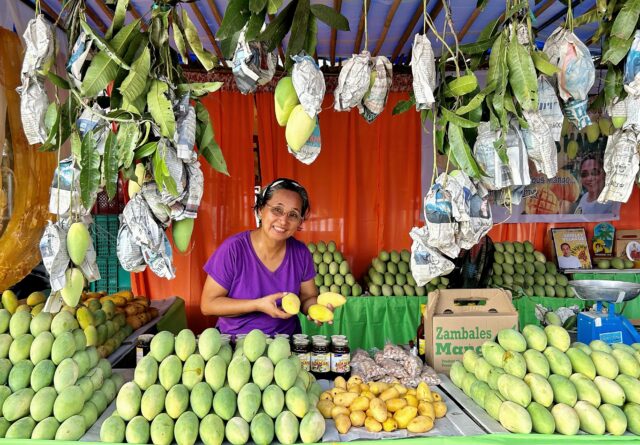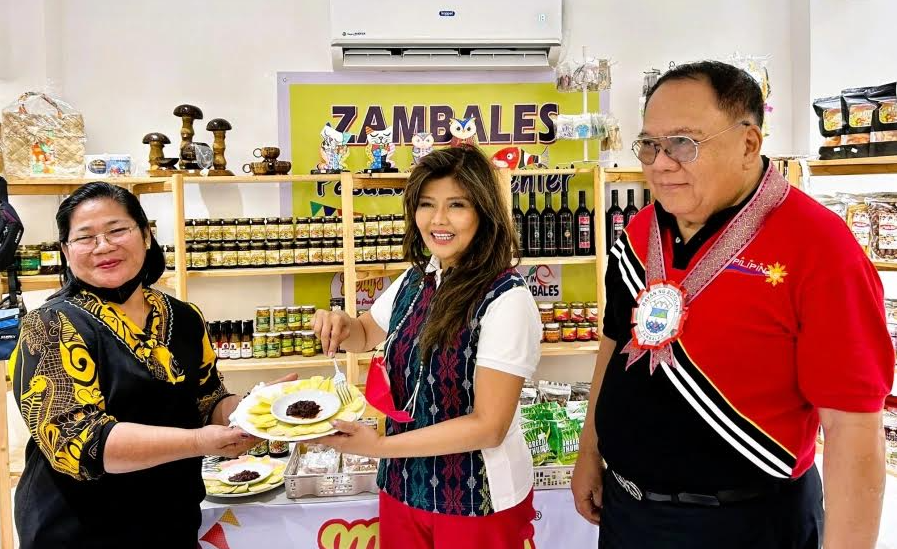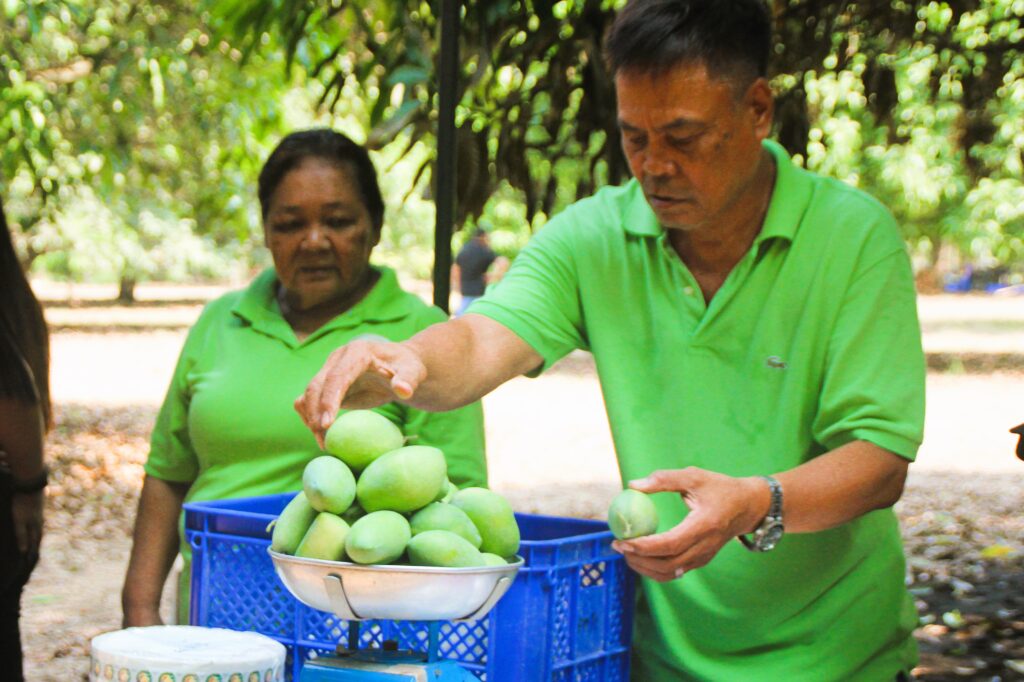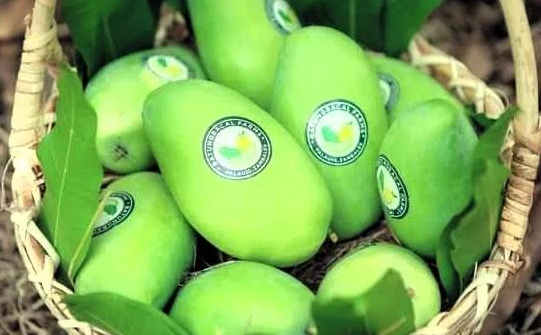
IBA, Zambales — The provincial government of Zambales has embarked on a four-year pioneering program to promote, expand and sustain the production of Zambales’s best-known product, the carabao or “Dinamulag” mango variety which was regarded as the sweetest in the world.
Governor Hermogenes Ebdane Jr. said the province has set aside close to P50 million for the Zambales Mango Green Valley Project aimed at expanding the mango production areas, increasing yield per hectare, and strengthening the mango value chain to further develop and sustain the mango industry.
“This is the first comprehensive effort to modernize and revitalize what has always been Zambales’s pride, the Dinamulag mango,” Ebdane said. “The project will include integrated crop management, technological and environmental sustainability inputs, and marketing support to help local mango growers and traders become more competitive.”

Initially, some P6.46 million has been granted to the Samahang Magmamangga ng Zambales (SMZ) to establish modern mango production areas at the 31.6-hectare Batungbacal Farm in Palauig town and the government-owned Sitio Buen farm in Botolan. A third site, the 24-hectare Alma’s Farm in Iba, will be part of the project, but will be funded privately.
“These will serve as pilot farms to showcase modern mango production methods for wider promotion and adoption by local mango growers,” said Ebdane.


The governor added that after the establishment of modern production areas, which constitutes Phase 1 of the Mango Valley Project, the Zambales provincial government, led by the Provincial Agricultural Office, will undertake starting next year the rehabilitation and rejuvenation of existing mango trees in the province under Phase 2, and also establish carabao mango nurseries under Phase 3.
According to Arnel Abayan, supervising agriculturist at the Zambales Provincial Agriculture Office, the project will actively promote and expand the cultivation of the “Sweet Elena” strain of the Zambales carabao mango variety, which originates in Santa Cruz, the northernmost town in the province.
This strain made it to the Guinness Book of Records in 1995 as the world’s sweetest. It is also popular because of its superiority in terms of sweetness, size, soluble solids, edibility of flesh, as well as physical appearance.
Abayan said that recent records placed provincial mango production at only 17,975.31 metric tons from 396,181 trees in a total area of 7,558 hectares, or an average yield of only 2.378 tons per hectare, which is way below the national average of 12 tons per hectare. The project seeks to attain or even surpass the national average yield, he added.
According to the project design, the P6.46-million budget for Phase 1 will be spent for land clearing, flower induction, chemical application, fruit bagging, irrigation and fertilization, as well as security and harvesting.
Phase 2, which involves the rehabilitation and rejuvenation by pruning of 20,800 mango trees in the province from 2025 to 2028 will cost P40 million at P1,013.22 per tree. This is expected to increase production by 50 to 60 percent of the yield per tree, which was previously recorded at 42 kilos.
On the other hand, the establishment of mango nurseries under Phase 3 will be taken as a strategic move to ensure a consistent supply of high-quality seedlings, accelerate the farm expansion process, increase current production levels to meet increasing demand, and strengthen Zambales’s mango value chain by providing a stable and continuous supply of raw materials for processing industries.
Gov. Ebdane said the local mango industry has declined over the years because of pests, bad weather, poor management, and antiquated production technology. “But this time we will turn things around for the industry and for our growers and traders,” he added. (Malou Dungog)




